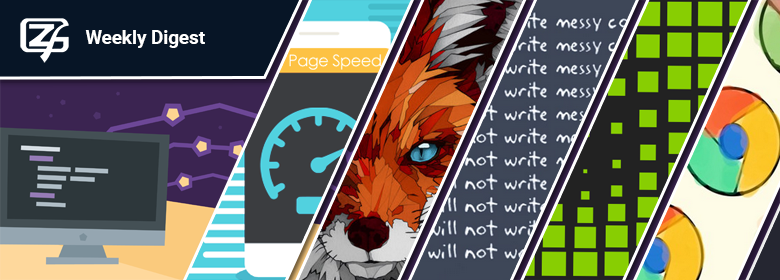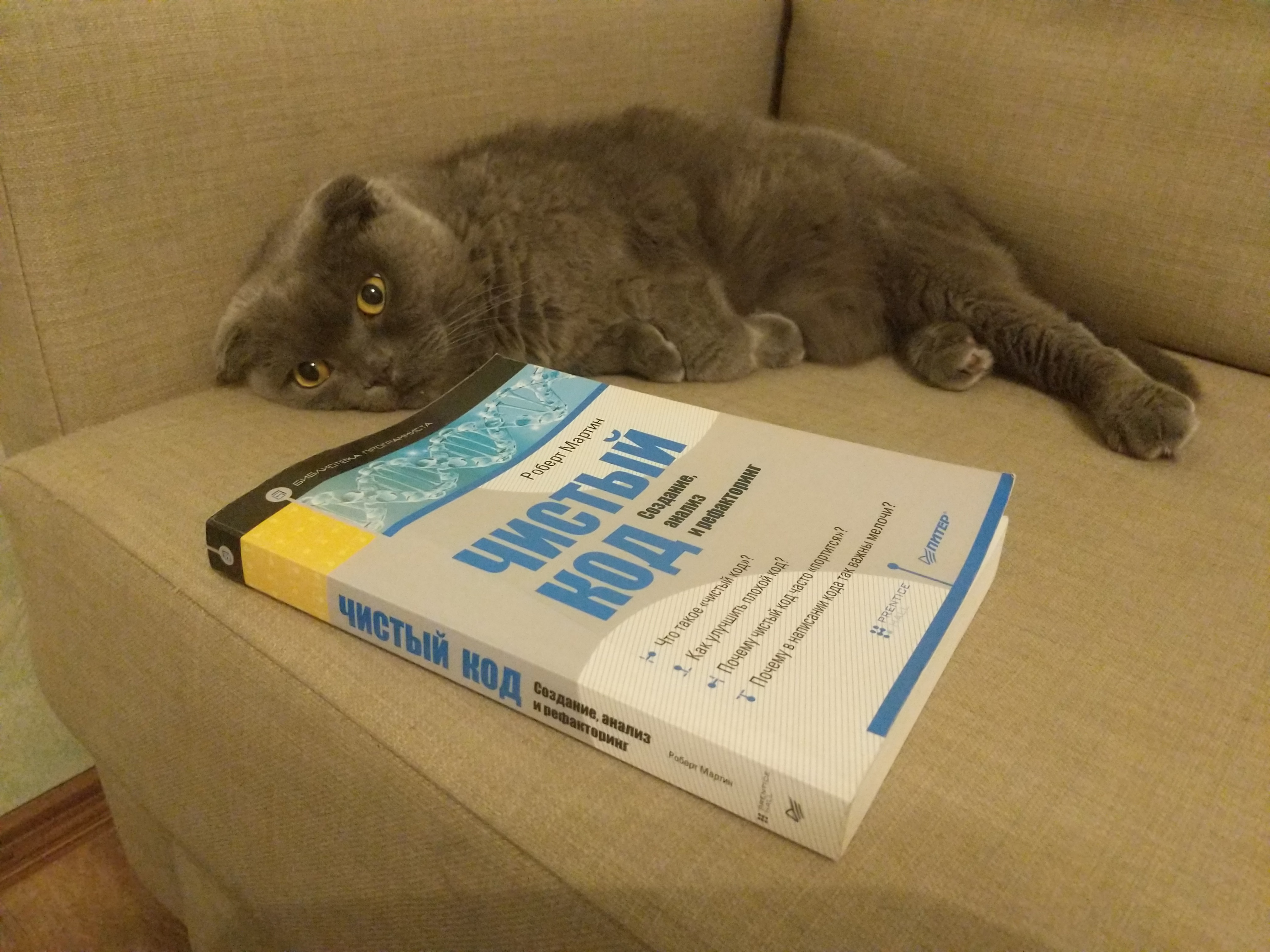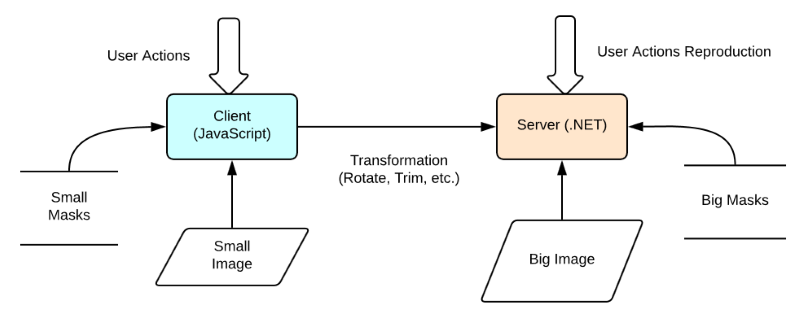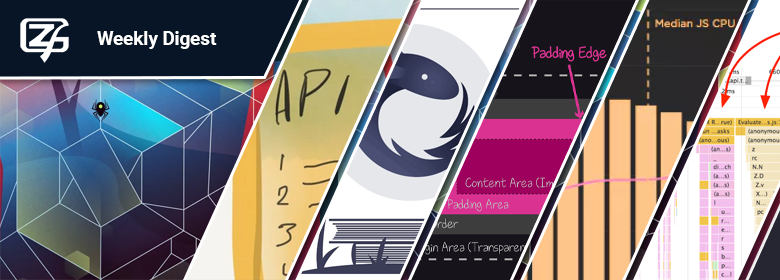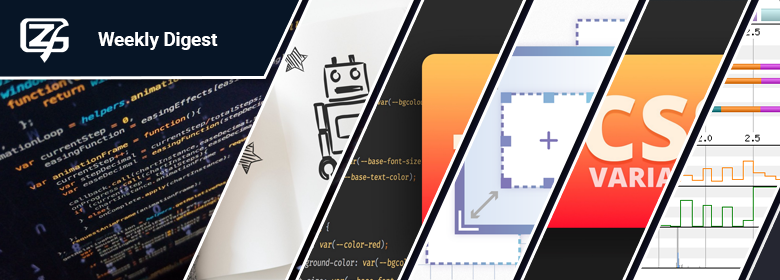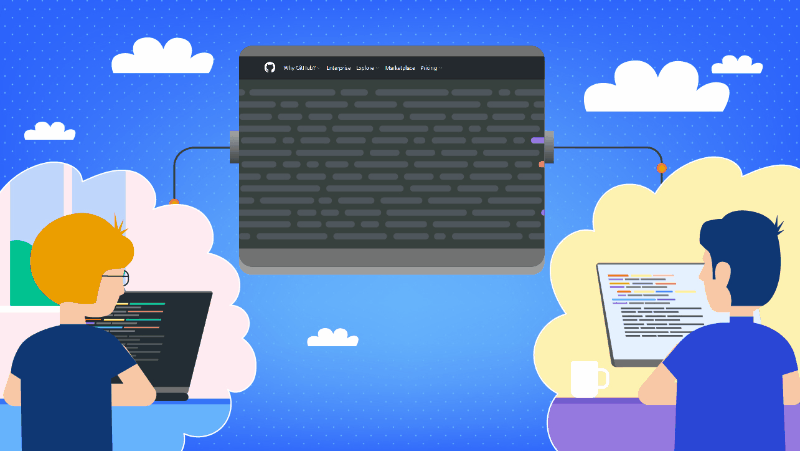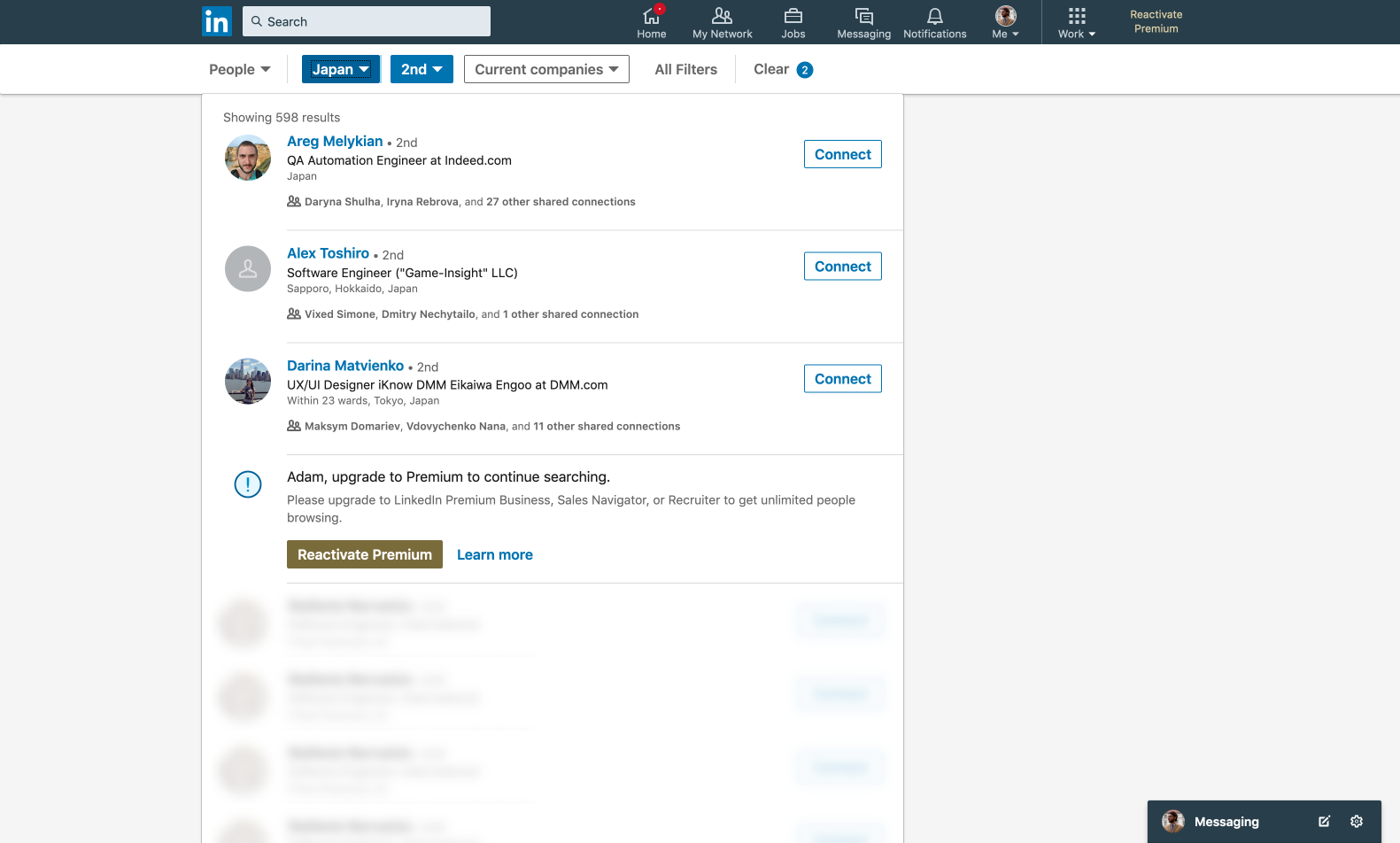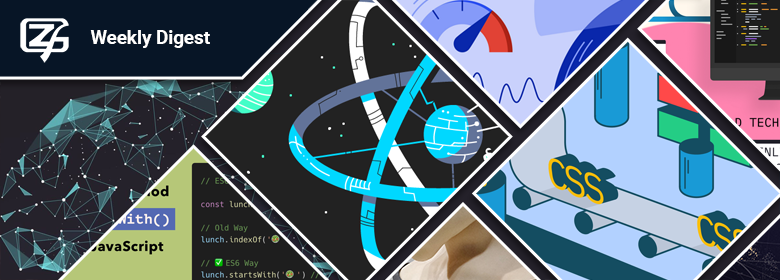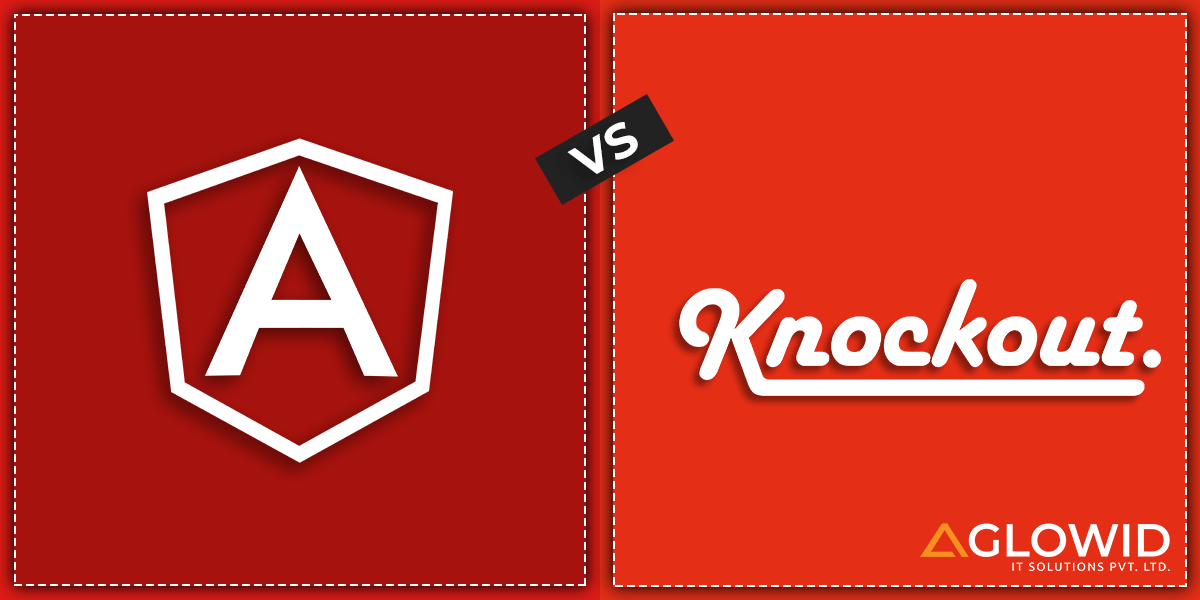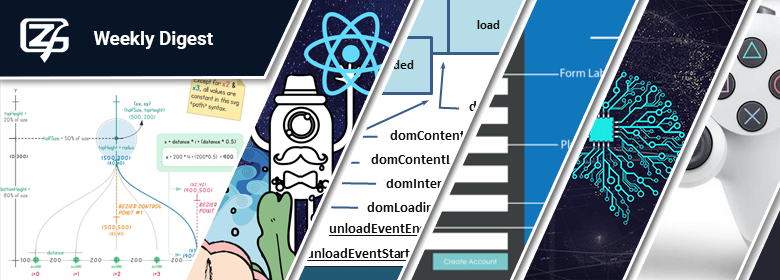From time to time, developers need to establish communication between several browser tabs to be able to send messages from one tab to another and receive responses. We have also faced this need at some point.
Some solutions already exist (like, for instance, BroadcastChannel API). However, its browser support leaves a lot to be desired, so we decided to use our own library. When the library was ready, that functionality was no longer required. Nevertheless, another task emerged: communication between an iframe and the main window.
On closer examination, it turned out that two-thirds of the library would not have to be changed — only some code refactoring was necessary. The library is a communication PROTOCOL that can work with text data. It can be applied in all cases in which text is transferred, such as iframes, window.open, worker, browser tabs or WebSocket.
How it works
Currently, the protocol has two functions: sending messages and subscription to events. Any message in the protocol is a data object. For us, the main field in that object is type, which tells us what kind of message it is. The type field is an enum with the following values:

